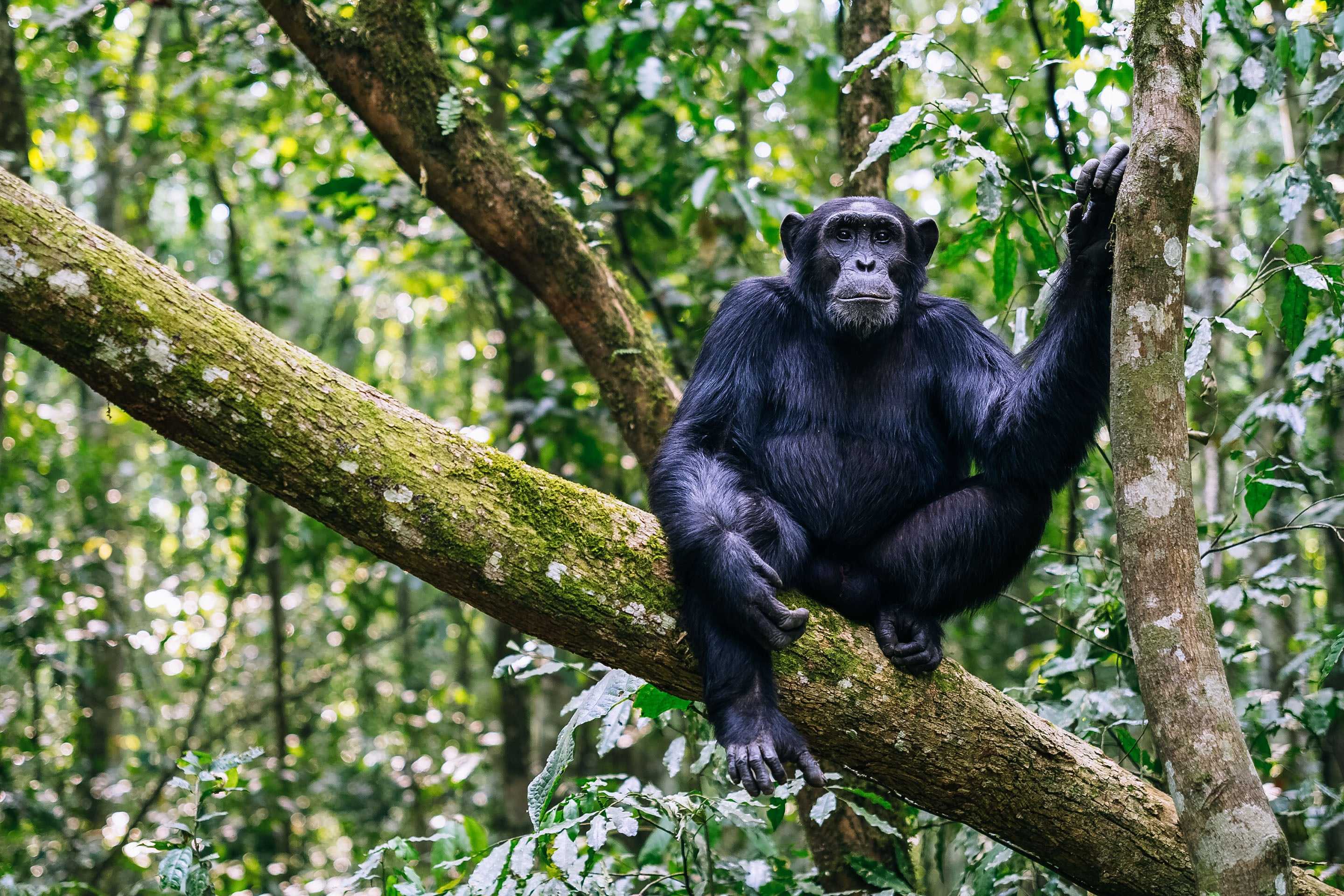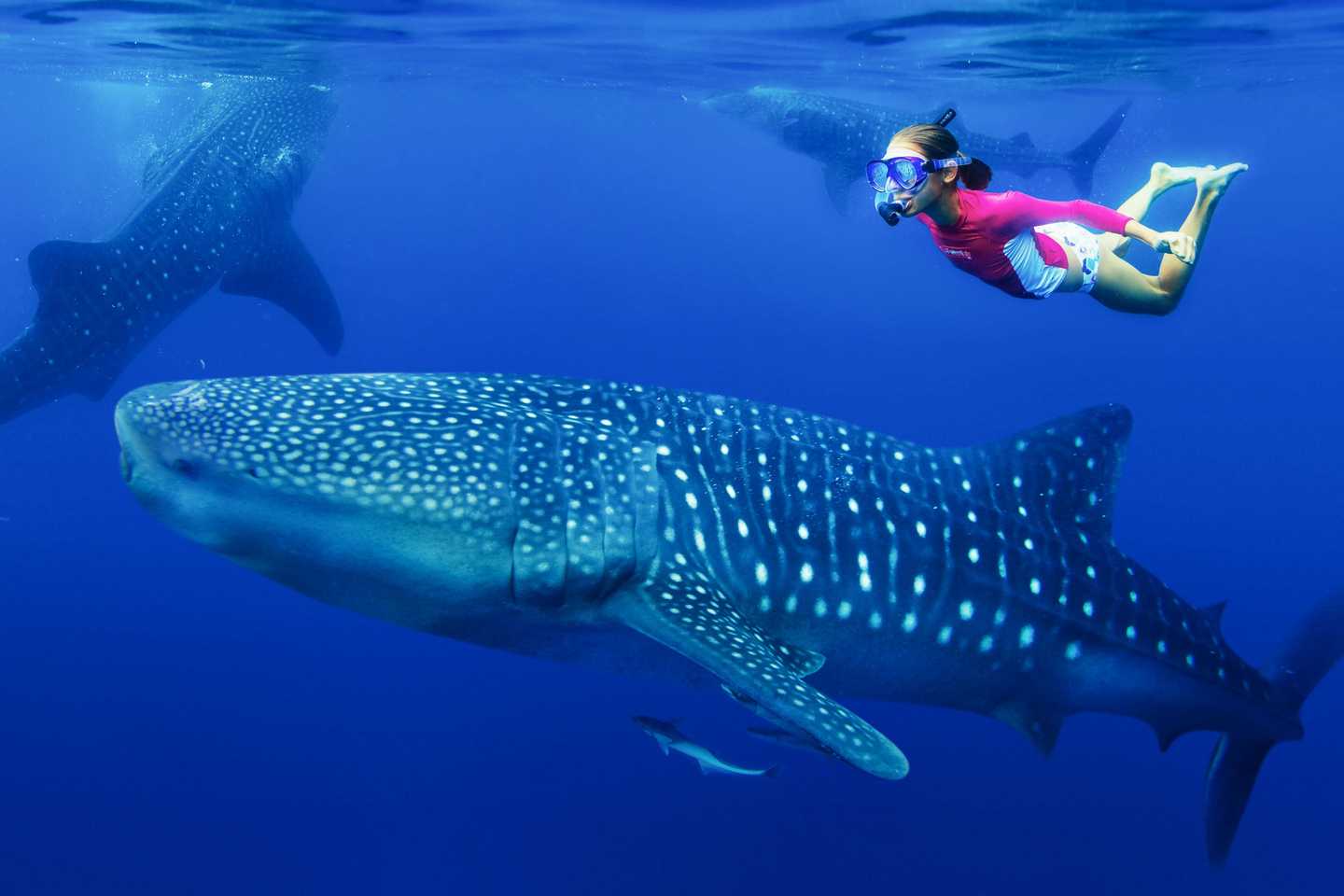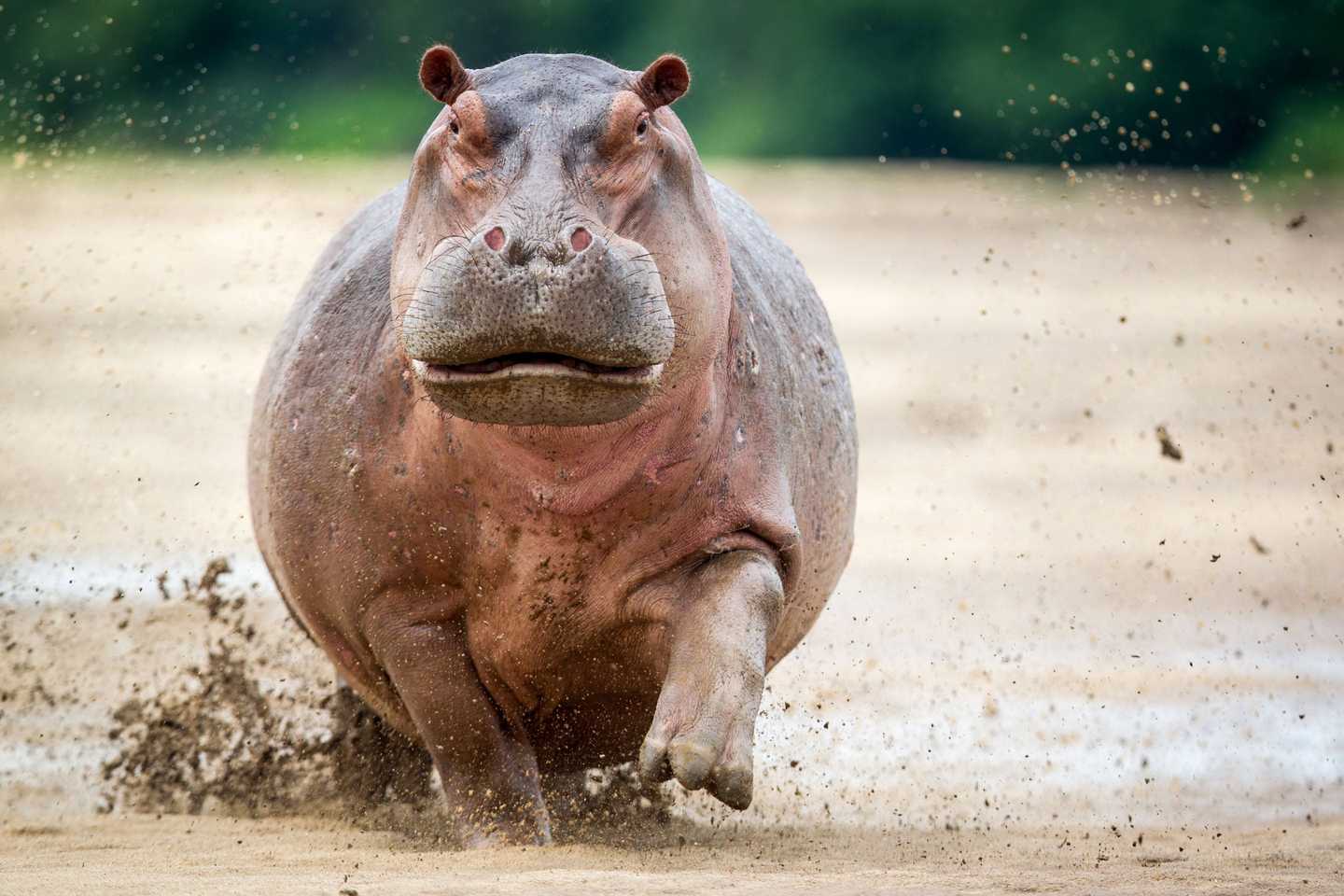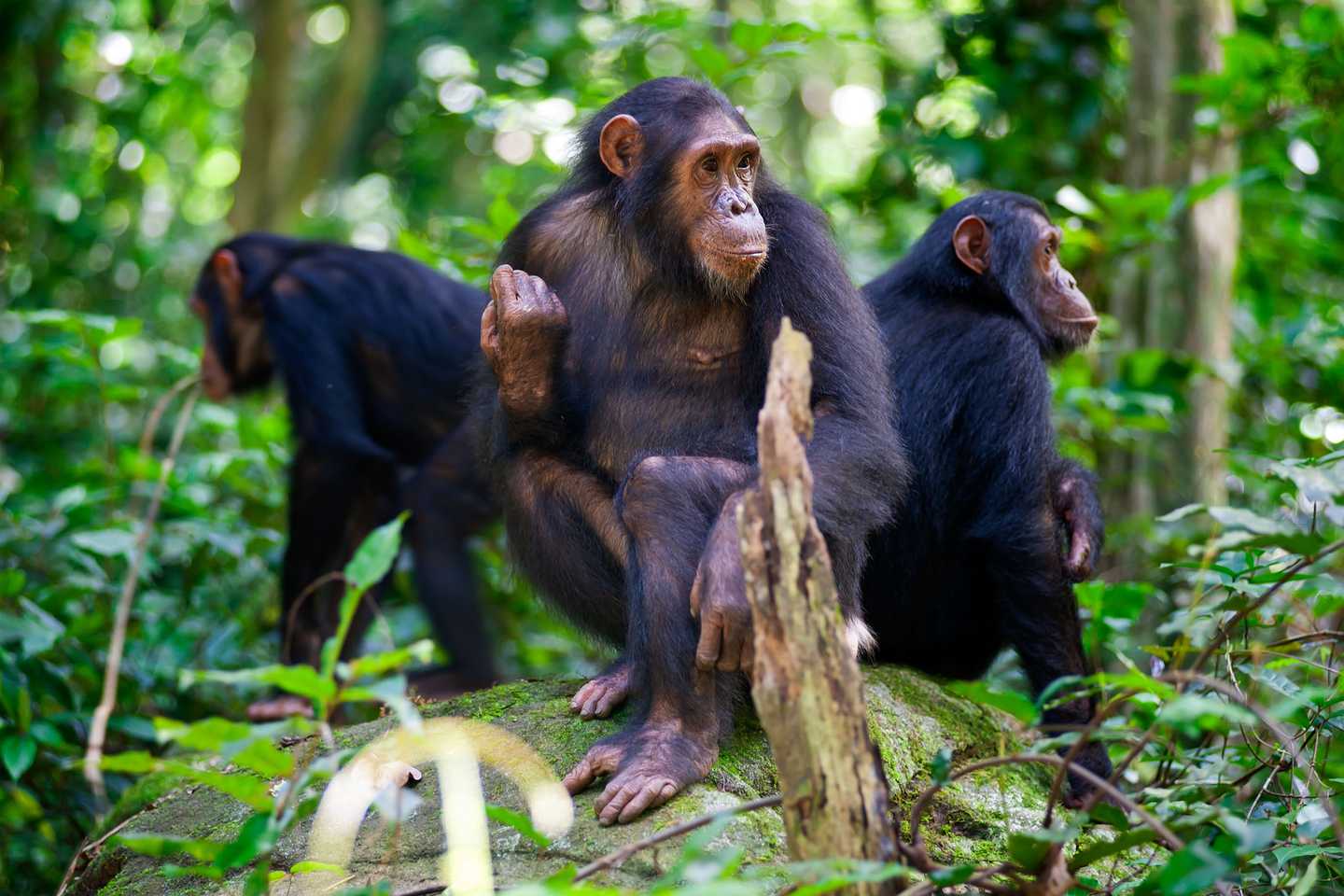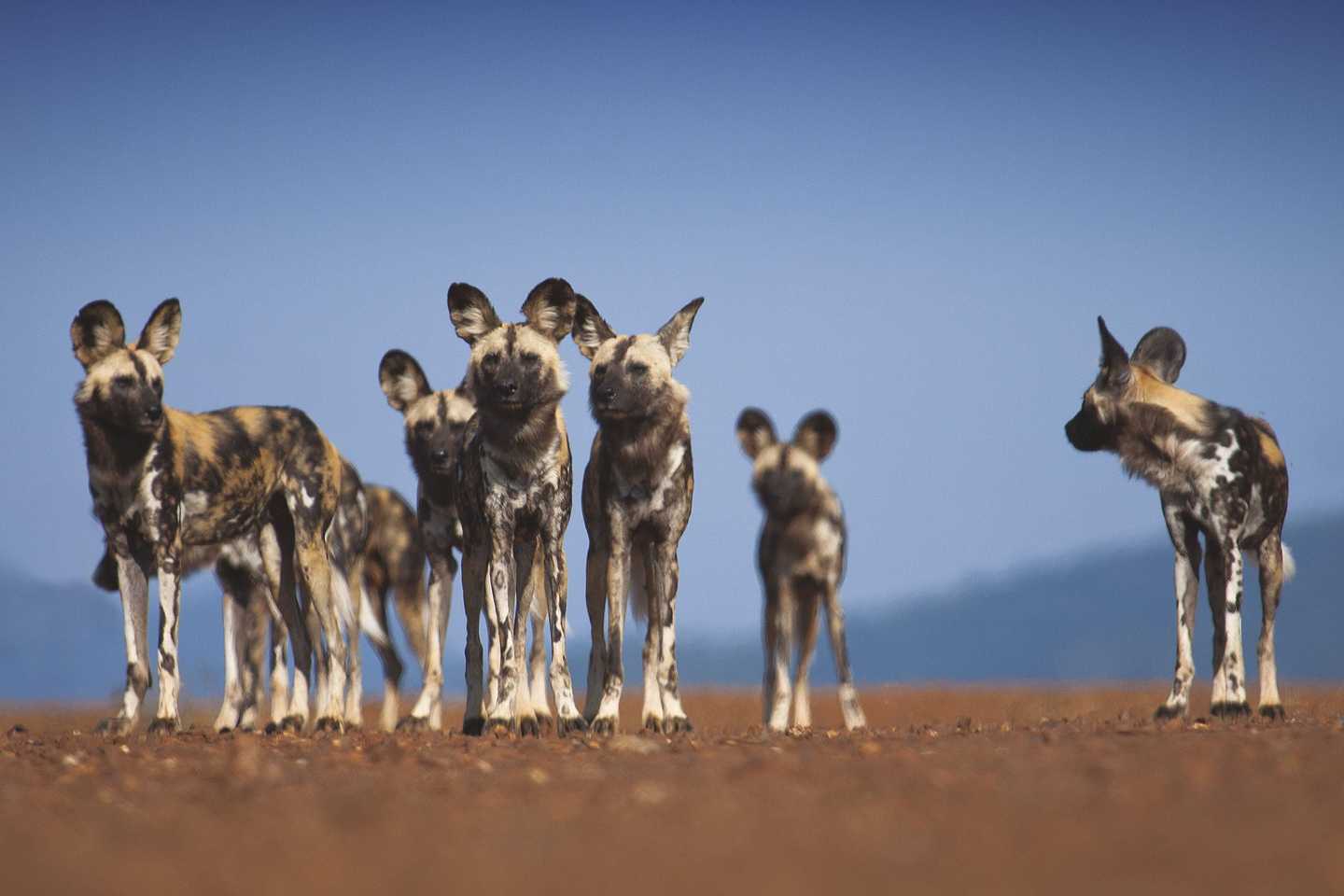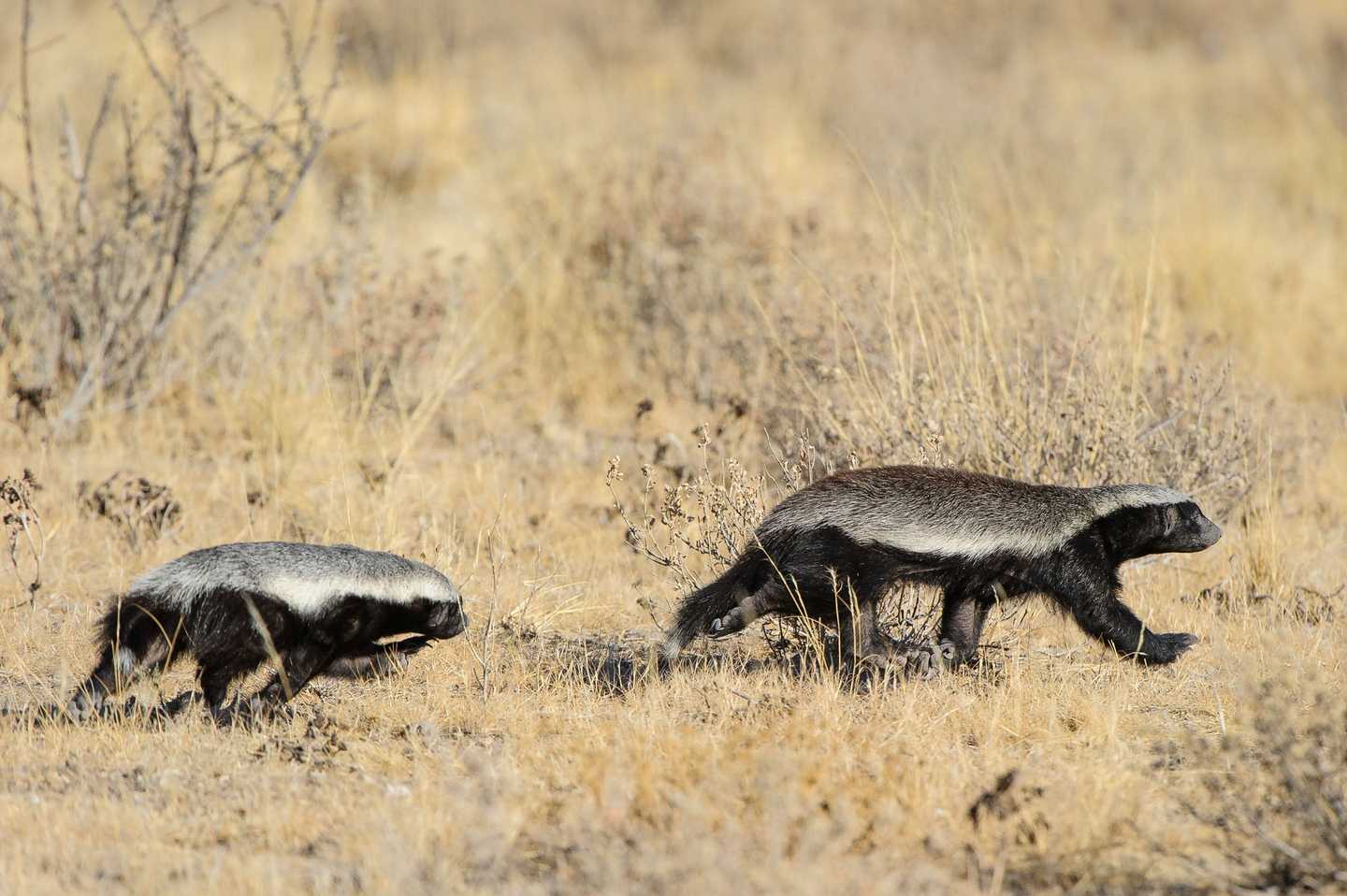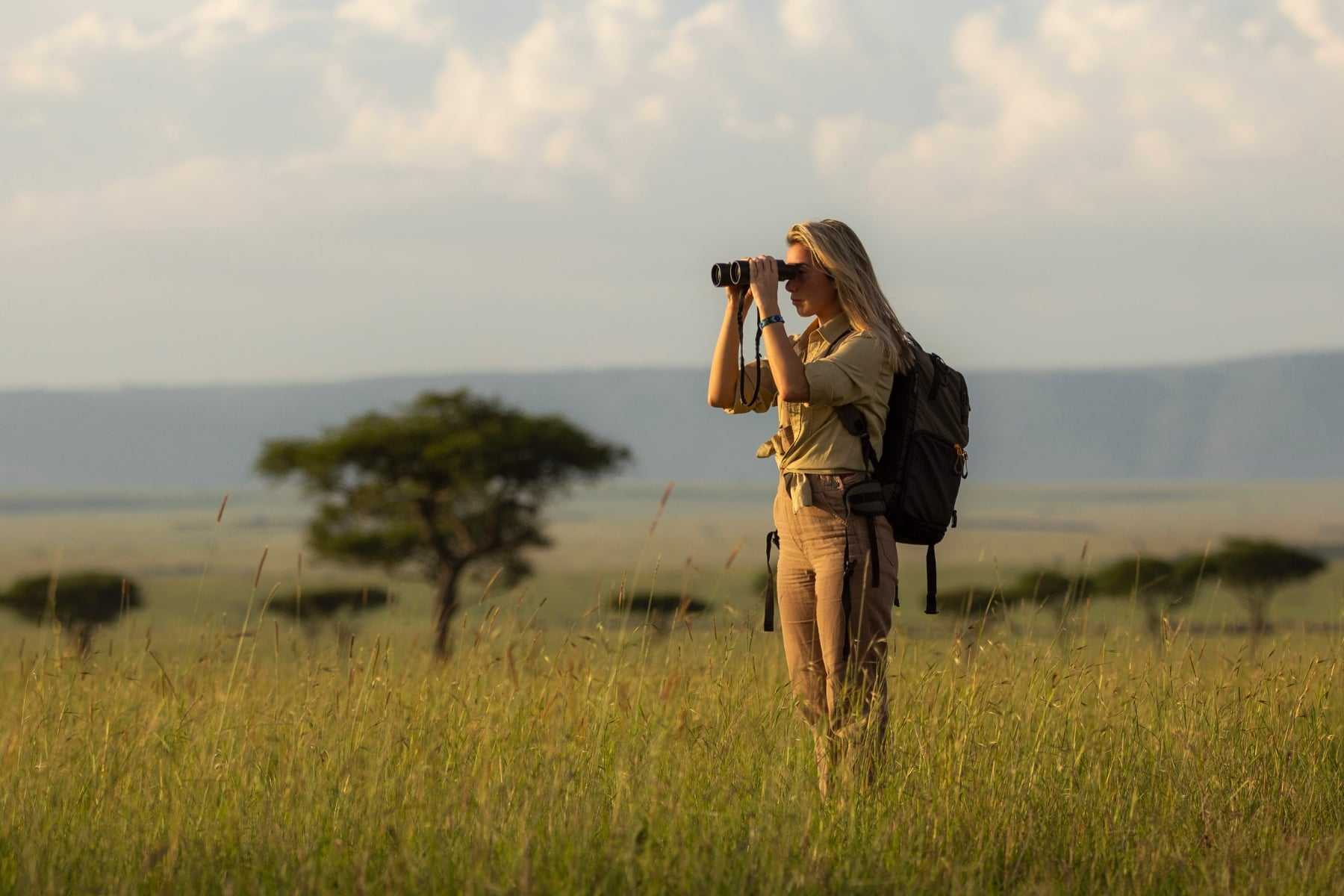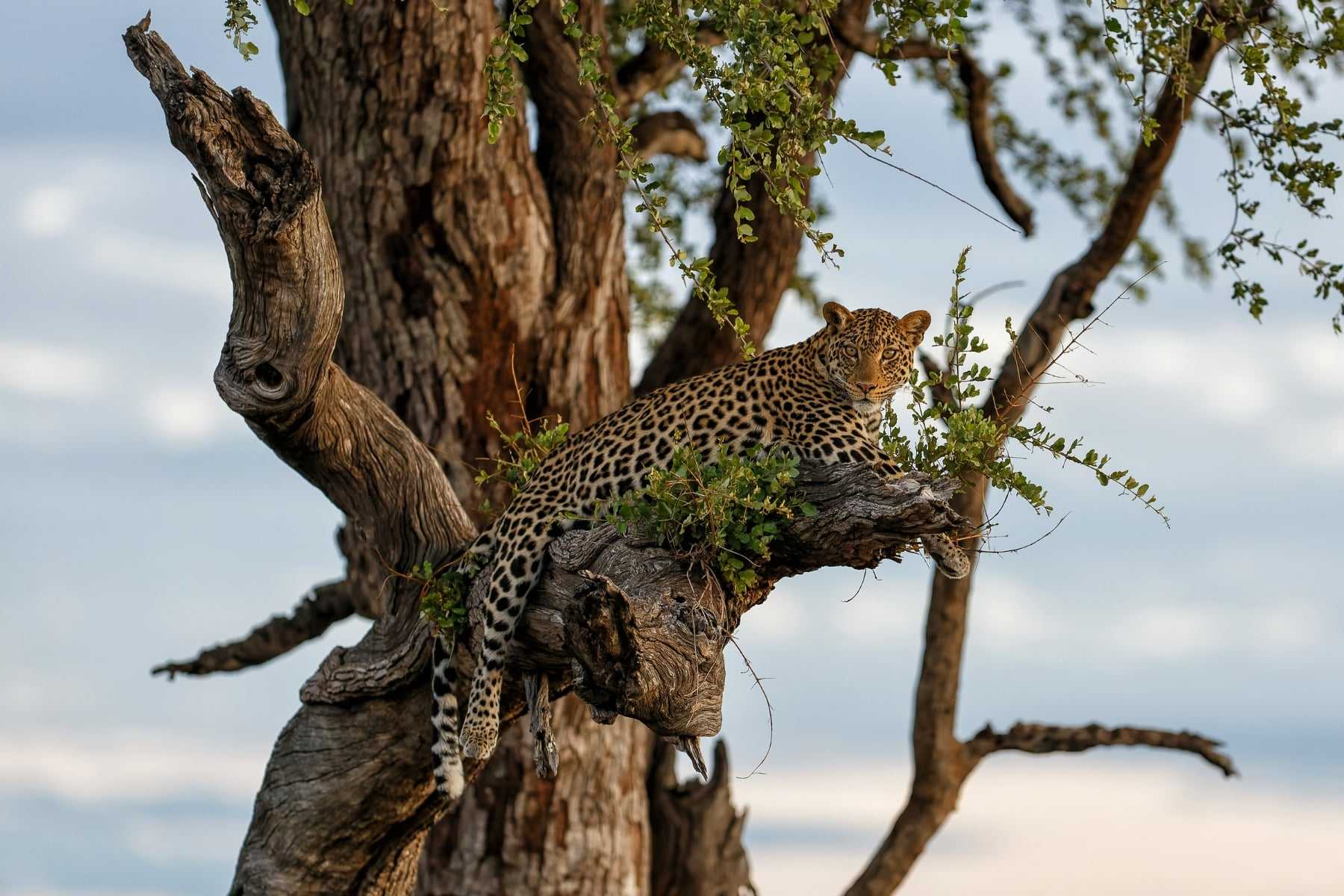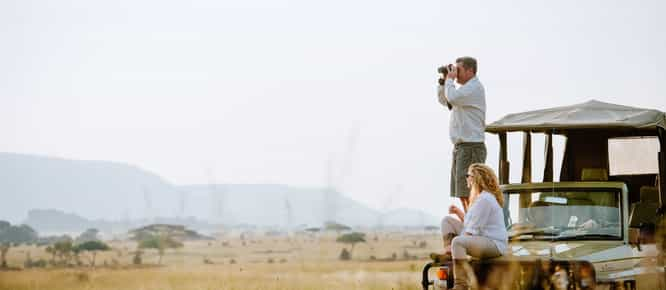Anyone who’s thought about safari has probably heard of the Big Five, a name given by hunters back in the day to categorise the animals that were hardest to hunt. Whilst we no longer prey on these magnificent creatures, they are still top of the spot-list of animals for many coming on an African adventure. The famous quintet are rhino (both black and white), leopard, lion, buffalo and elephant and all are fabulous to see up close and personal. But there are a whole host of brilliant beasts in the bush that sometimes get overlooked in favour of their more recognisable cousins… So, without further ado, here are our Timbuktu Alternative Big Five.
Whale shark
Most people travel so they can return home with tales of adventure and derring-do and what could be more adventurous than swimming with a shark! Well, a whale shark that is. These titans of the sea might look intimidating but, like many things, they’re not as scary as they seem. Whale sharks float gracefully through the water, swimming at a leisurely pace as they feed on plankton to fuel their journey northwards up the continent. The gentle giants aren’t just big – they are in fact the biggest fish in the sea, growing up to 10 metres long and weighing as much as 20 tonnes! They can reach a fair old age too and almost rival sea turtles with their life span, often living up to 70-100 years.
With migrations that can take them on journeys of over 7000km, it’s unsurprising to learn that whale sharks can be spotted in numerous locations around the globe: Australia, Asia and, of course, Africa. If you visit the continent’s Indian Ocean coastline between October and March, you might just be lucky enough to see (and even swim with) one of them yourself. Our favourite places to spot whale sharks are off Tanzania’s Mafia Island, Madagascar’s Nosy Be and the Bazaruto archipelago of Mozambique.
Hippo
Despite being one of the first animals people think of when they hear ‘Africa’, hippos didn’t quite make the famous five. But we at Timbuktu love these lumbersome beasts and they absolutely deserve a place on your must-see list. Looking at their form, it might be hard to believe that hippos can pick up any speed, but they can be surprisingly agile when they want to be, travelling at up to 30 kilometres per hour on land. And their running doesn’t stop in the water; ‘hippopotamus’ actually comes from Ancient Greek and means ‘water horse’, which might be because hippo don’t actually swim and instead prefer to run along the river bed. They can stay underwater for 3-5 minutes at a time before they have to resurface for air, and the movement is so automatic that even a hippo sleeping underwater will rise and breathe without waking up.
Spotting hippos in the wild isn’t particularly tricky and you can find them all across Africa. Consider a canoeing safari along the mighty Zambezi or a walking safari in the South Luangwa, watch them splash about in Zimbabwe’s Mana Pools or take a river cruise in South Africa’s iSimangaliso Wetland Park – whichever you pick, you won’t regret spending some time with the humble hippo.
Chimpanzee
When planning a trip to see Africa’s great apes, it’s usually the iconic mountain gorillas travellers have in mind. Now, we’re not knocking a visit to spot the gorillas of Uganda, Rwanda and the DRC, but we think an adventure to find their smaller, more playful cousins really is a must! Put on most people’s maps by the incredible work of primatologist Jane Goodall, wild chimpanzees can actually only be found in Africa (another reason to visit, in case you didn’t have enough already!). Upon seeing one of these cheeky primates in the wild, you might find you recognise something in them as they share 98% of the same DNA as humans! Sadly, deforestation in Africa is threatening populations and current numbers are estimated to be between 172,000 and 300,000 for chimps remaining in the wild.
The good news is that the money you spend to gain entry into parks to see wild chimpanzees goes straight back into protecting their natural habitat and funding the organisations working to keep them safe. Consider a Tanzania safari to see the chimpanzees of the Mahale Mountains, a truly isolated and magical destination.
Wild dog
These lovely animals had their moment in the spotlight on David Attenborough’s fantastic ‘Dynasties’ show recently, and it really helped put them on the map – we’ve even had guests book trips specifically to track wild dogs. However, we do sometimes have some confused travellers wondering why they’d want to see a wild labrador or a spaniel, thinking that perhaps they’re simply normal dogs that haven’t been trained. But, goodness, they are so much more than that! Sometimes known as the ‘painted wolf’, these beautiful canines are famed for their incredible hunting abilities, with an estimated success rate of 80%. They’re also known for their tight-knit social groups that can have anything from two to 27 members. The pack will always work together and ensure that injured dogs and the young feed first in order to maintain their strength and their interactions are always fascinating to watch in the wild.
Wild dogs can be found in many spots across the continent, from South Africa’s Kruger or Madikwe to Tanzania’s Ruaha. We’ve put this handy guide together in case you fancy seeing them for yourself – and we really think you should!
Honey badger
You might have already heard of the honey badger for they have gained a bit of a reputation for being tenacious beasts, able to outwit all sorts of would-be predators. They even have a mention in the Guinness Book of Records as the ‘most fearless animal in the world’! They might only be small (usually only around 60cm in length and weighing between 5-16kg), but they are fearsome and their survival instincts are extremely high. Something you might know about them (if you’ve watched all the honey badger Youtube videos!) is that they’re immune to many venomous snakes and in fact, the deadly reptiles make up a whopping 25% of their diet. Scientists believe that they’ve evolved to become immune so that they’re able to access a source of food that most mammals (rather sensibly) avoid. On top of all that, they have incredibly powerful jaws that are actually strong enough to break through the shell of a tortoise. With this incredible arsenal of skills, it’s hardly surprising that their only predators are hyenas, lions, leopards and pythons, despite being such small critters.
These little beasts are a slightly harder spot than some, but they can be found in South Africa’s Timbavati and Botswana’s Central Kalahari. They’re definitely worth the effort – it’s not often you meet a mammal as fearless as this one!
